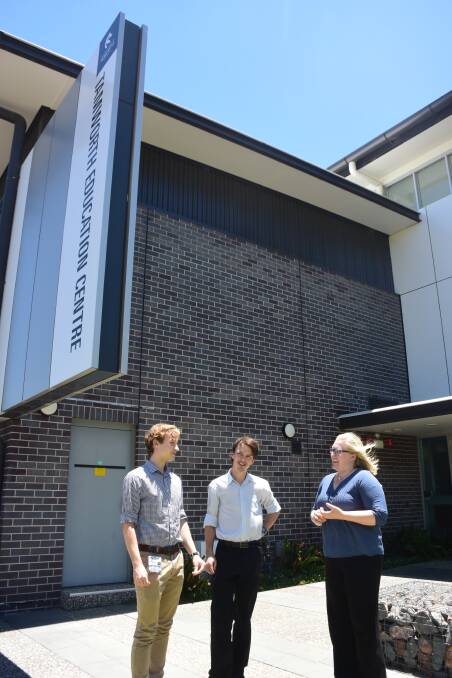
JUST one week after the Australian Medical Association (AMA) announced a plan to boost the workforce and access to care in rural and remote areas, the region has welcomed its own shot in the arm.
Subscribe now for unlimited access.
$0/
(min cost $0)
or signup to continue reading
Luring and securing doctors in rural regions has long been an issue.
In Gunnedah last year, the closure of the Rural Health Centre sparked an ongoing conversation about how to bring doctors to the region – and get them to stay here.
More broadly, it can even be a challenge finding a GP appointment in Tamworth.
But thankfully that is starting to change.
Many of those students – including the two who Fairfax Media spoke with on Monday – put Tamworth down as their first preference to finish their medical degree.
It’s a positive sign that young doctors are more open to the idea of a career in the bush.
RELATED READING:
Former Gunnedah girl and now the University of Newcastle’s clinical dean, Dr Lauren Cone, says the fact that more than half of the junior doctors starting at Tamworth hospital this year have done training in the region is a positive sign that people want to work in rural medicine.
It proposed initiatives in education and training, rural generalist pathways, work environments, support for doctors and their families, and financial incentives.
AMA president Michael Gannon said the seven million Australians living in regional, rural and remote area often had more trouble accessing health services than their city counterparts.
He believes “Australia does not need more medical schools or more medical school places” but instead “targeted initiatives to increase the size of the rural medical, nursing, and allied health workforce”.
And he’s right. Doctors who undertake training in rural regions often have a more hands-on and personalised experience than those who see out their degrees in metropolitan areas.
We should be promoting that at every chance possible to help lure more doctors to the region.
Let’s hope the government can play its role in supporting the AMA help get more doctors to the bush, and keep them here.

